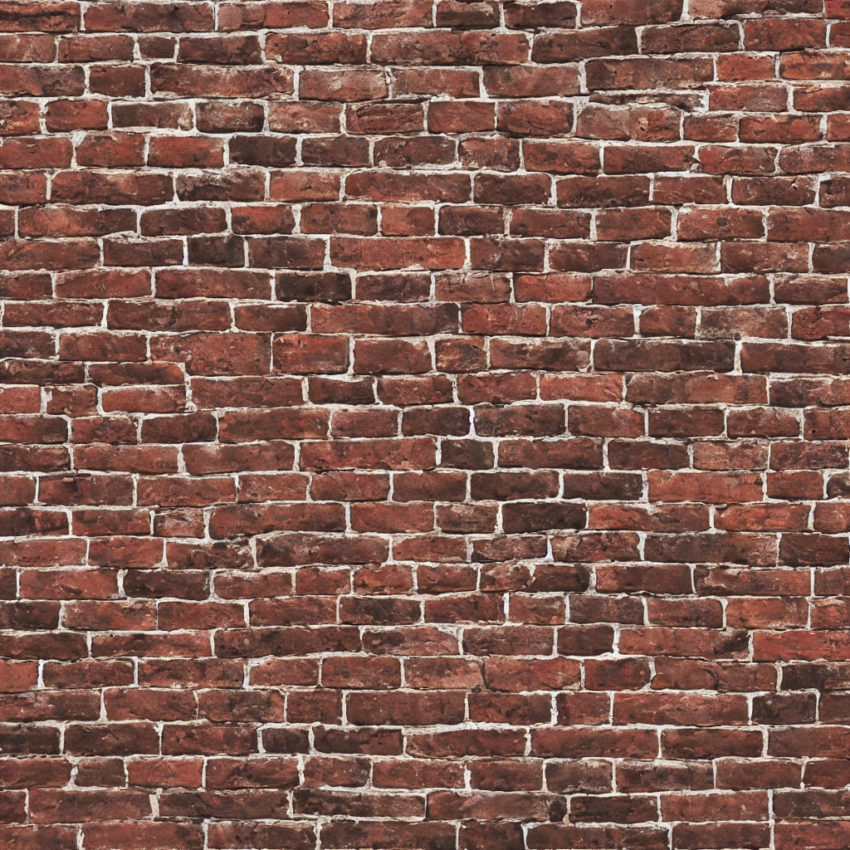Sealing a brick wall can help protect it from weathering, staining, and deterioration. Here’s a detailed guide on how to seal a brick wall:
- Preparation: Start by cleaning the brick wall thoroughly. Use a pressure washer to remove dirt and debris, or scrub the bricks with a stiff bristle brush and a mixture of water and mild detergent. Allow the wall to dry completely before proceeding.
- Repair any damage: Look for cracks, chips, or holes in the bricks and mortar, and repair them using a concrete patching compound or mortar. Allow the repair material to dry completely according to the manufacturer’s instructions.
- Choose a sealer: There are several types of brick sealers available, including water-based and solvent-based options. Water-based sealers are easier to clean up and are generally safer for the environment, but they may not be as durable as solvent-based sealers. Solvent-based sealers tend to penetrate deeper into the bricks and provide better protection, but they may yellow over time and have a strong odor.
- Test the sealer: Before applying the sealer to the entire wall, it’s a good idea to test it on a small, inconspicuous area to make sure it looks and performs the way you want. This will also give you an opportunity to see how the sealer changes the color of the bricks and make any necessary adjustments.
- Apply the sealer: Follow the manufacturer’s instructions for applying the sealer. This usually involves using a brush, roller, or sprayer to apply a thin, even coat of sealer to the bricks. Work in small sections, starting at the top of the wall and working your way down. Be sure to overlap your strokes to ensure even coverage.
- Allow the sealer to dry: Allow the sealer to dry completely according to the manufacturer’s instructions. This can take anywhere from a few hours to a full day, depending on the sealer and the humidity and temperature of your environment.
- Inspect and touch up: Once the sealer has dried, inspect the wall for any missed areas or drips. Use a small paintbrush to touch up any areas that need it.
That’s it! By following these steps, you can effectively seal a brick wall and help protect it from the elements. Keep in mind that the frequency with which you need to reapply the sealer will depend on the type of sealer you choose, the age of the bricks, and the weather conditions in your area.
How to maintain the sealing of a brick wall?
Here are some tips for maintaining the sealing of a brick wall:
- Inspect the wall regularly: It’s a good idea to inspect the brick wall regularly for any signs of wear or damage. Look for cracks, chips, or holes in the bricks or mortar, and repair them promptly to prevent water from entering and causing further damage.
- Clean the wall regularly: Keep the brick wall clean by regularly removing dirt and debris. Use a pressure washer or a mixture of water and mild detergent to scrub the bricks. Avoid using abrasive cleaners or brushes, as these can damage the surface of the bricks.
- Reapply the sealer as needed: The frequency with which you need to reapply the sealer will depend on the type of sealer you used, the age of the bricks, and the weather conditions in your area. As a general rule, it’s a good idea to reapply the sealer every 2-3 years or as needed.
- Protect the wall from staining: To protect the brick wall from staining, try to avoid letting water or other liquids sit on the surface for an extended period of time. If you have plants near the wall, make sure to water them at the base rather than from above to prevent water from dripping onto the bricks.
By following these maintenance tips, you can help ensure that your brick wall stays sealed and in good condition for years to come.
What types of wall sealer exist?
There are several types of wall sealers available, including:
- Water-based sealers: Water-based sealers are made from acrylics or polyurethanes and are mixed with water. They are easy to clean up and are generally safer for the environment, but they may not be as durable as solvent-based sealers.
- Solvent-based sealers: Solvent-based sealers are made from penetrating oils or resins and are mixed with solvents such as xylene or toluene. They tend to penetrate deeper into the bricks and provide better protection, but they may yellow over time and have a strong odor.
- Silicone sealers: Silicone sealers are made from silicone polymers and are known for their durability and resistance to weathering. They are a good choice for outdoor brick walls, but they may be more expensive than other types of sealers.
- Acrylic sealers: Acrylic sealers are made from acrylic resins and are known for their ability to enhance the color of the bricks. They are easy to apply and dry quickly, but they may not provide as much protection as other types of sealers.
- Epoxy sealers: Epoxy sealers are made from epoxy resins and are known for their strength and durability. They are a good choice for heavily used surfaces, but they may be more difficult to apply and may yellow over time.
It’s important to choose the right sealer for your brick wall based on your specific needs and preferences. Consider factors such as the age and condition of the bricks, the location of the wall (indoors or outdoors), and the level of protection you nee
Tags: DIY, wall
Tweet